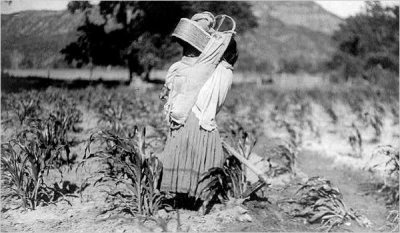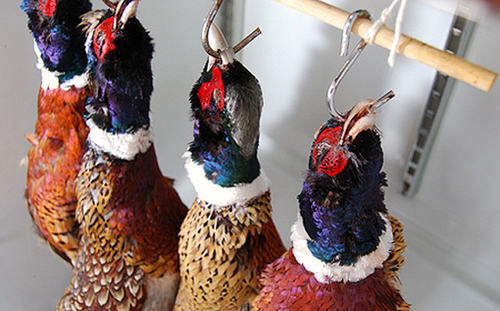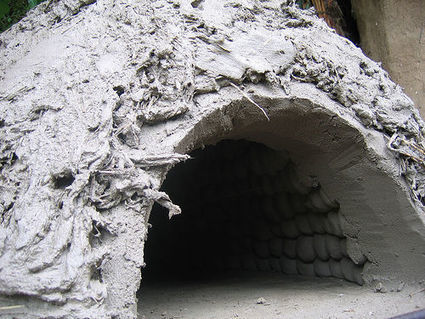See on Scoop.it – Historical gastronomy
Election Cakes, which appeared in the first cookbook by an American (Amelia Simmons) were labeled “old fashioned” in 1830 Child’s The Frugal Housewife and by 1850 (in Beecher), they were at least ‘”100 years old.” New England sites appeared in several titles such as Old Hartford Election Cake, Connecticut Election Cake and even one Salem Election Cake [in Buckeye Cookery with Old Hartford Election Cake]. Other authors who included Election Cakes ranged from Eliza Leslie, 1840, Esther Howland, 1845, F.I. Gillette, 1887 and Fannie Farmer, 1896.



